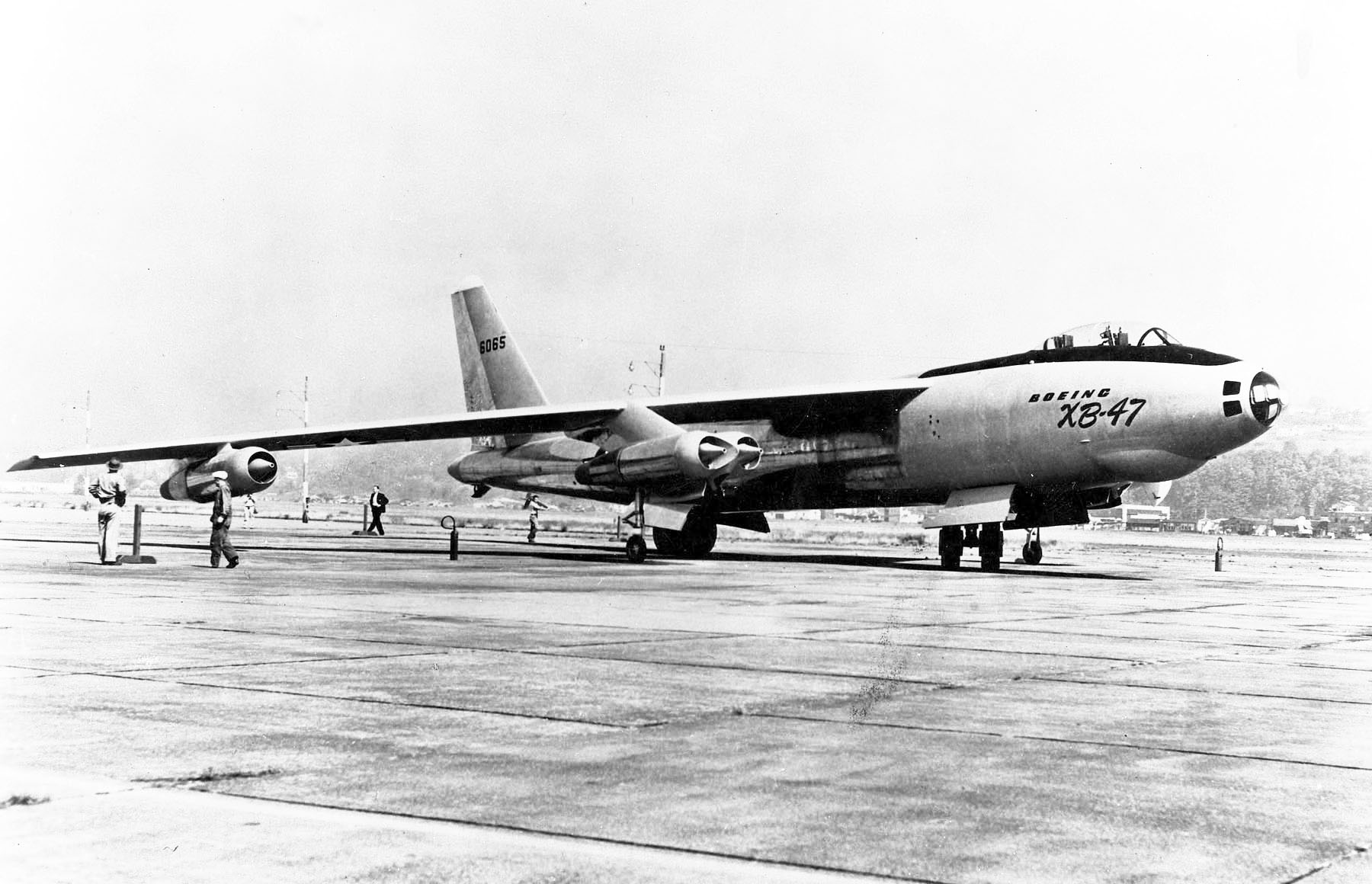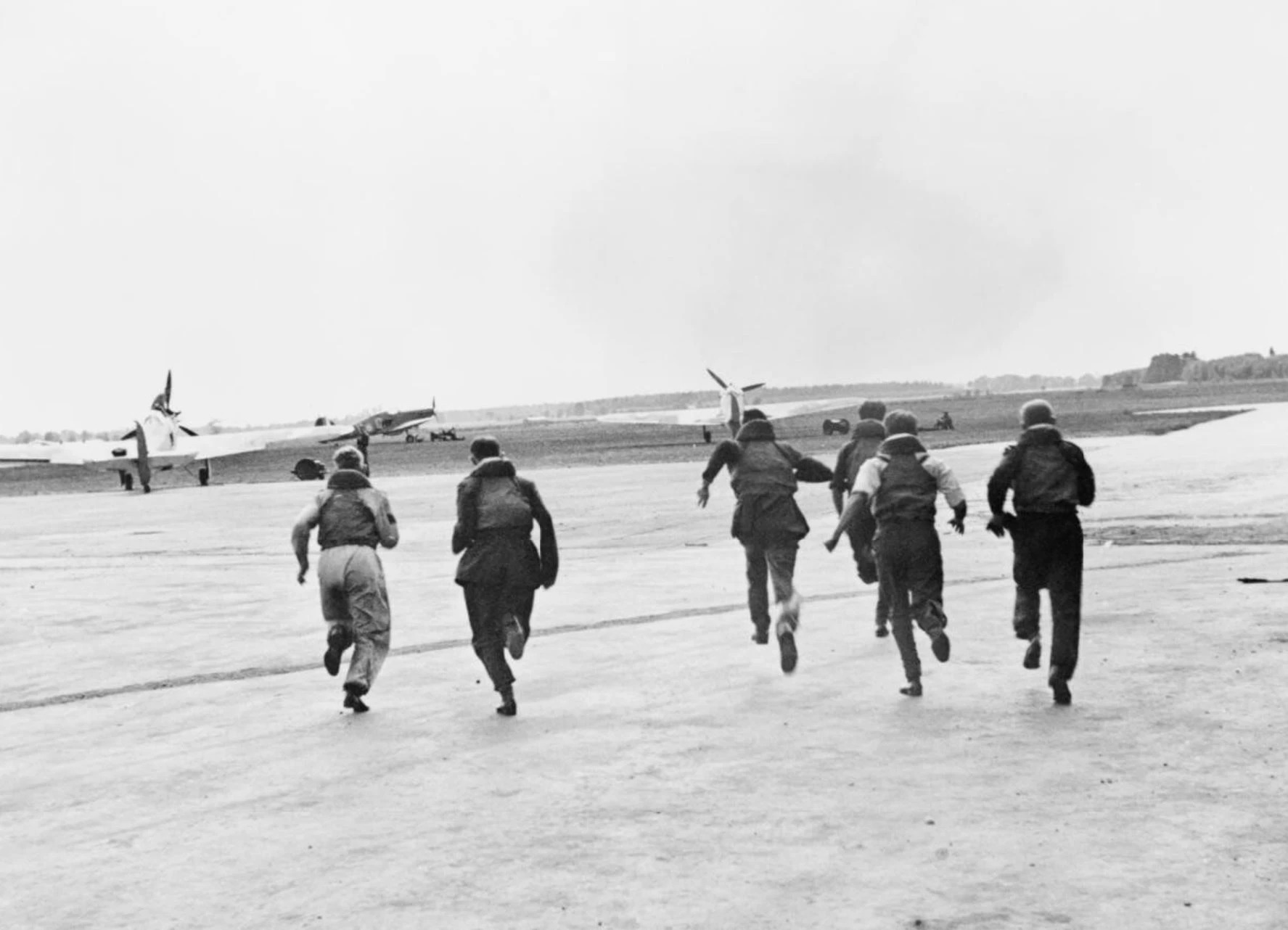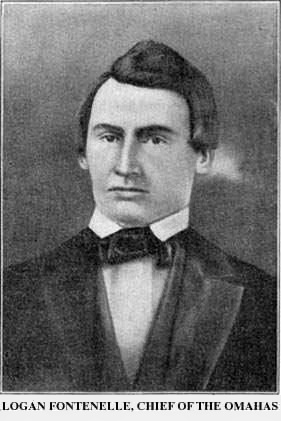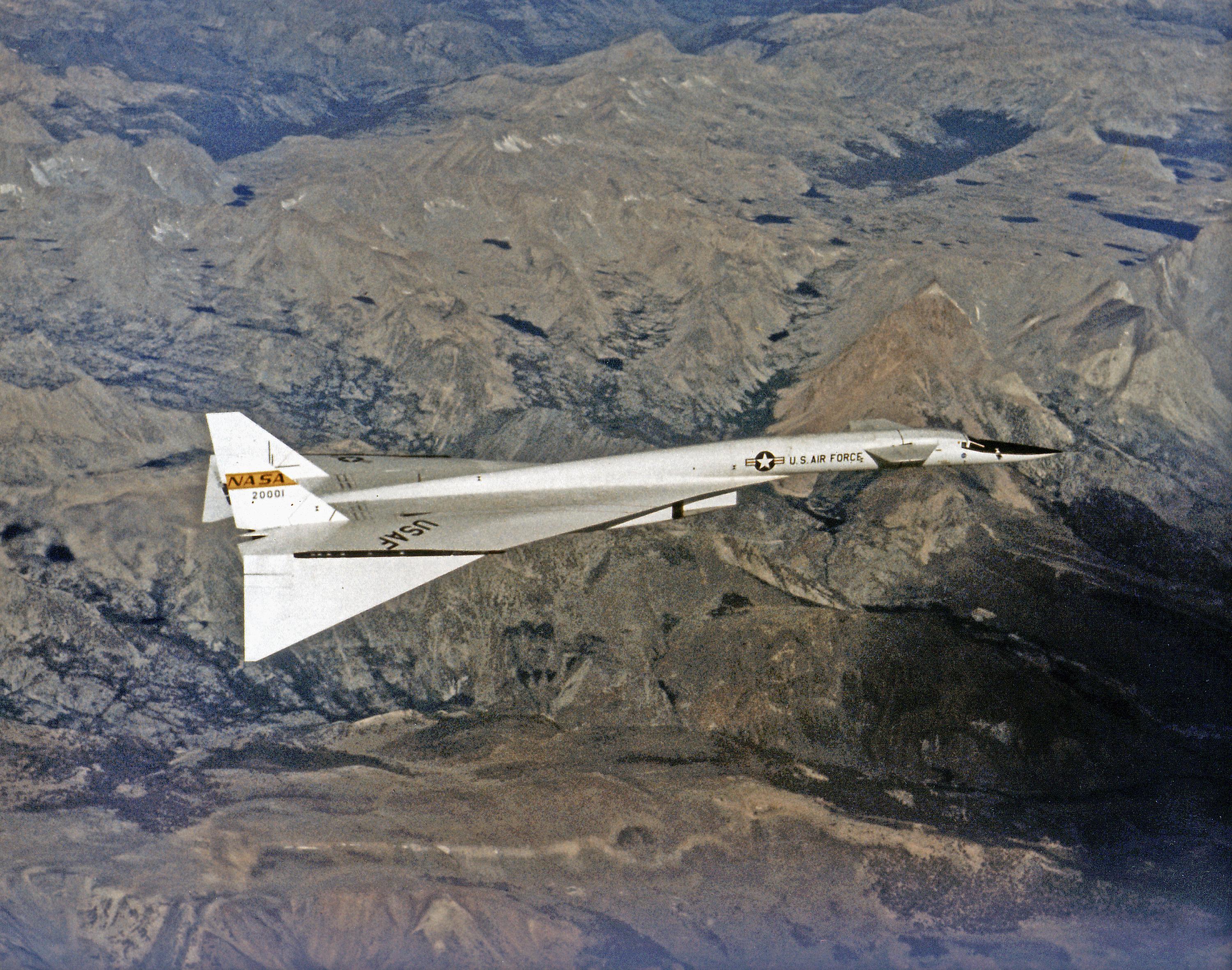|
Mole Hole
A mole hole, officially designated the Readiness Crew Building (RCB), is a type of structure built by the United States Air Force at former Strategic Air Command (SAC) bases around the country during the 1950s and 1960s. The diagram to the right indicates the positioning of an RCB at the former Glasgow Air Force Base, Montana. Nearly identical facilities were constructed at many other SAC bases of the Cold War period, such as Barksdale Air Force Base, Louisiana; Fairchild Air Force Base, Washington; McConnell Air Force Base, Kansas; Pease Air Force Base, New Hampshire; McCoy Air Force Base, Florida and March Air Force Base, California or bases where SAC was a tenant such as Robins Air Force Base, Georgia and Mather Air Force Base, California. RCBs were located adjacent to an Alert Ramp, also called a Christmas tree (aviation), "Christmas Tree", where Ready Alert bomber and aerial refueling (also known as "tanker") aircraft were parked. These aircraft were initially Boein ... [...More Info...] [...Related Items...] OR: [Wikipedia] [Google] [Baidu] |
GAFB Christmas Tree Alert Apron
GAFB may be: *George Air Force Base, in Victorville, California *Glasgow Air Force Base, in Glasgow, Montana *Goodfellow Air Force Base, in San Angelo, Texas *Griffiss Air Force Base, formerly in Rome, New York *Grissom Air Force Base, in Bunker Hill, Indiana *German Armed Forces Badge for Military Proficiency *Google_Apps, Google Apps for Business {{disambig ... [...More Info...] [...Related Items...] OR: [Wikipedia] [Google] [Baidu] |
Boeing B-47 Stratojet
The Boeing B-47 Stratojet (Boeing company designation Model 450) is a retired American long- range, six-engined, turbojet-powered strategic bomber designed to fly at high subsonic speed and at high altitude to avoid enemy interceptor aircraft. The primary mission of the B-47 was as a nuclear bomber capable of striking targets within the Soviet Union. Development of the B-47 can be traced back to a requirement expressed by the United States Army Air Forces (USAAF) in 1943 for a reconnaissance bomber that harnessed newly-developed jet propulsion. Another key innovation adopted during the development process was the swept wing, drawing upon captured German research. With its engines carried in nacelles underneath the wing, the B-47 represented a major innovation in post–World War II combat jet design, and contributed to the development of modern jet airliners. In April 1946, the USAAF ordered two prototypes, designated "XB-47. On 17 December 1947, the first prototype perfor ... [...More Info...] [...Related Items...] OR: [Wikipedia] [Google] [Baidu] |
Elephant Walk (aeronautics)
An elephant walk is a term used by the United States Air Force (USAF) for the taxiing of military aircraft right before takeoff, when they are in close formation. Often, it takes place right before a minimum interval takeoff. Origins The term ''elephant walk'' dates to World War II when large fleets of allied bombers would conduct attacks in missions containing 1,000 aircraft. Those who observed the taxiing of these large numbers of aircraft to take off in single file in nose-to-tail formations said that they looked like elephants walking to the next watering hole. Over time, it was incorporated into the lexicon of the United States Air Force to identify a "maximum sortie surge". Tactical use The benefits of an elephant walk include being able to show the capability of the units as well as teamwork. It is often performed to prepare Squadron (aviation), squadrons for wartime operations and to prepare pilots for the launching of fully armed aircraft in one mass event. Other uses ... [...More Info...] [...Related Items...] OR: [Wikipedia] [Google] [Baidu] |
Scrambling (military)
In military aviation, scrambling is the act of quickly mobilising military aircraft. Scrambling can be in reaction to an immediate threat, usually to intercept hostile aircraft. Battle of Britain The term was used during the Battle of Britain, when Royal Air Force pilots and their fighters were readied and available to fly. Detection and monitoring of enemy aircraft, e.g. by the Chain Home radar stations, would feed into the RAF Fighter Command's Dowding system for control and management of the defenses. Once a decision had been made to intercept the enemy formation a telephone call would be made to the chosen fighter squadron's airfield, and those air crews available would be scrambled. The scramble order was communicated to alert pilots waiting by their aircraft by the loud ringing of a bell. Every minute lost before takeoff would be advantageous to the enemy, as it could allow a pilot to gain extra height above the advancing plane formations. Information passed to the ... [...More Info...] [...Related Items...] OR: [Wikipedia] [Google] [Baidu] |
Air Mobility C§ommand Museum
An atmosphere () is a layer of gases that envelop an astronomical object, held in place by the gravity of the object. A planet retains an atmosphere when the gravity is great and the temperature of the atmosphere is low. A stellar atmosphere is the outer region of a star, which includes the layers above the opaque photosphere; stars of low temperature might have outer atmospheres containing compound molecules. The atmosphere of Earth is composed of nitrogen (78%), oxygen (21%), argon (0.9%), carbon dioxide (0.04%) and trace gases. Most organisms use oxygen for respiration; lightning and bacteria perform nitrogen fixation which produces ammonia that is used to make nucleotides and amino acids; plants, algae, and cyanobacteria use carbon dioxide for photosynthesis. The layered composition of the atmosphere minimises the harmful effects of sunlight, ultraviolet radiation, solar wind, and cosmic rays and thus protects the organisms from genetic damage. The current composition of t ... [...More Info...] [...Related Items...] OR: [Wikipedia] [Google] [Baidu] |
Vehicle Horn
A horn is a sound-making device installed on motor vehicles, trains, boats, and other types of vehicles. The sound it makes usually resembles a “honk” (older vehicles) or a “beep” (modern vehicles). The driver uses the horn to warn others of the vehicle's presence or approach, or to call attention to some hazard. Motor vehicles, ships and trains are required by law in some countries to have horns. Trams, trollies, streetcars, and even bicycles are also legally required to have an audible warning device in many areas. Types Motor vehicles Modern car horns are usually electric, driven by a flat circular steel diaphragm that has an electromagnet acting on it in one direction and a spring pulling in the opposite direction. The diaphragm is attached to contact points that repeatedly interrupt the current to that electromagnet causing the diaphragm to spring back the other way, which completes the circuit again. This arrangement opens and closes the circuit hundreds of ... [...More Info...] [...Related Items...] OR: [Wikipedia] [Google] [Baidu] |
Omaha, Nebraska
Omaha ( ) is the List of cities in Nebraska, most populous city in the U.S. state of Nebraska. It is located in the Midwestern United States along the Missouri River, about north of the mouth of the Platte River. The nation's List of United States cities by population, 41st-most-populous city, Omaha had a population of 486,051 at the 2020 United States census, 2020 census. The eight-county Omaha–Council Bluffs metropolitan area, which extends into Iowa, has approximately 1 million residents and is the Metropolitan statistical area#United States, 55th-largest metro area in the United States. Omaha is the county seat of Douglas County, Nebraska, Douglas County. Omaha's pioneer period began in 1854, when the city was founded by speculators from neighboring Council Bluffs, Iowa. The city was founded along the Missouri River, and a crossing called Lone Tree Ferry earned the city its nickname, the "Gateway to the West". Omaha introduced this new West to the world in 1898, when it ... [...More Info...] [...Related Items...] OR: [Wikipedia] [Google] [Baidu] |
Leo A Daly
Leo A. Daly, LLC is an American architecture firm established in 1915 by Leo A. Daly, Sr. in Omaha, Nebraska. Aside from architectural design, the firm also works in planning, engineering, interior design and program management. History As of 2006, the firm's portfolio included projects in 91 countries, and in all U.S. states. In 2006, the firm employed approximately 1200 people in 30 offices. In 2022, it was ranked by Architectural Record magazine as one of the largest architecture, engineering and interior design firms in the United States, and is listed in BD World Architecture's top firms. They work in design for the federal government, health care, aviation, and hospitality. Lockwood, Andrews & Newnam, Inc. (LAN) a subsidiary of Leo A. Daly Co., offers planning, engineering and program management services to a variety of client types. Architect Golden J. Zenon Jr. worked as a designer at Leo A Daly Co. early in his career, starting in 1955. References External link ... [...More Info...] [...Related Items...] OR: [Wikipedia] [Google] [Baidu] |
McDonnell Douglas KC-10 Extender
The McDonnell Douglas KC-10 Extender is an American tanker and cargo aircraft that was operated by the United States Air Force (USAF) from 1981 to 2024. A military version of the three-engine DC-10 airliner, the KC-10 was developed from the Advanced Tanker Cargo Aircraft Program. It incorporates military-specific equipment for its primary roles of aerial refueling and transport. It was developed to supplement the KC-135 Stratotanker following experiences in Southeast Asia and the Middle East. The KC-10 was the second McDonnell Douglas transport aircraft to be selected by the Air Force following the C-9. A total of 60 KC-10s were produced for the USAF. The Royal Netherlands Air Force operated two similar tankers from 1995 to 2021 designated ''KDC-10'' that were converted from used civilian DC-10, instead of purpose built aircraft. The KC-10 played a key role in the mobilization of US military assets, taking part in overseas operations far from home. These aircraft performed a ... [...More Info...] [...Related Items...] OR: [Wikipedia] [Google] [Baidu] |
Boeing KC-135 Stratotanker
The Boeing KC-135 Stratotanker is an American military aerial refueling tanker aircraft that was developed from the Boeing 367-80 prototype, alongside the Boeing 707 airliner. It has a narrower fuselage and is shorter than the 707. Boeing gave the aircraft the internal designation of Model 717 (number later assigned to a Boeing 717, different Boeing aircraft). The KC-135 was the United States Air Force (USAF)'s first jet-powered refueling tanker and replaced the Boeing KC-97 Stratofreighter, KC-97 Stratofreighter. The KC-135 was initially tasked with refueling strategic bombers, but it was used extensively in the Vietnam War and later conflicts such as Operation Desert Storm to extend the range and endurance of US tactical fighters and bombers. The KC-135 entered service with the USAF in 1957; it is one of nine military fixed-wing aircraft (six American, three Russian) with over 60 years of continuous serviceThe nine military fixed-wing aircraft with over 60 years of continuous ... [...More Info...] [...Related Items...] OR: [Wikipedia] [Google] [Baidu] |
Rockwell B-1 Lancer
The Rockwell B-1 Lancer is a supersonic variable-sweep wing, heavy bomber used by the United States Air Force. It has been nicknamed the "Bone" (from "B-One"). , it is one of the United States Air Force's three strategic bombers, along with the B-2 Spirit and the B-52 Stratofortress. It is a heavy bomber with up to a 75,000-pound (34,000 kg) of payload. The B-1 was first envisioned in the 1960s as a bomber that would combine the Mach 2 speed of the B-58 Hustler with the range and payload of the B-52, ultimately replacing both. After a long series of studies, North American Rockwell (subsequently renamed Rockwell International, B-1 division later acquired by Boeing) won the design contest for what emerged as the B-1A. Prototypes of this version could fly Mach 2.2 at high altitude and long distances and at Mach 0.85 at very low altitudes. The program was canceled in 1977 due to its high cost, the introduction of the AGM-86 cruise missile that flew the same basic speed ... [...More Info...] [...Related Items...] OR: [Wikipedia] [Google] [Baidu] |
General Dynamics F-111 Aardvark
The General Dynamics F-111 Aardvark is a retired supersonic, medium-range, multirole combat aircraft. Production models of the F-111 had roles that included attack (e.g. interdiction), strategic bombing (including nuclear weapons capabilities), reconnaissance and electronic warfare. ''Aardvark'' comes from a South African animal that has a long nose and hugs the terrain. It is an Afrikaans word that translates literally as "earth pig"—hence the aircraft's "Pig" nickname during its Australian service. Developed in the 1960s by General Dynamics under Robert McNamara's TFX Program, the F-111 pioneered variable-sweep wings, afterburning turbofan engines, and automated terrain-following radar for low-level, high-speed flight. Its design influenced later variable-sweep wing aircraft, and some of its advanced features have become commonplace. The F-111 suffered problems during initial development, largely related to the engines. A fighter variant intended for the United Sta ... [...More Info...] [...Related Items...] OR: [Wikipedia] [Google] [Baidu] |









